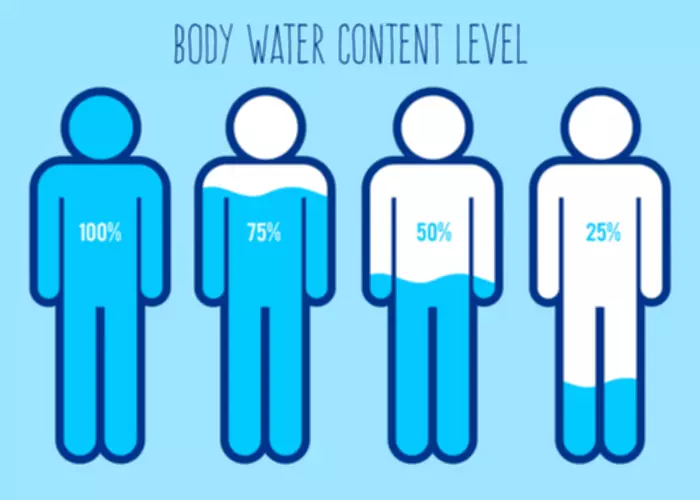- Have any questions?
- +254 724 609722
- info@pivotcom.com
What is A Social Drinker?
Conversational AI in Healthcare: Use Cases, Benefits & Challenges
September 25, 2023Wall Street Prime Rate WSJ Current Prime Rate Index
September 29, 2023What is A Social Drinker?
More recently, there has been interest in integrating pharmacological and expectancy factors. For instance, tension-reducing expectancies are more likely to be endorsed while blood alcohol levels are at peak than while they are dropping (Kushner et al., 2000). What’s the difference between social drinkers, problem drinkers and alcoholics? Education is vital, so people don’t put themselves at risk of developing an alcohol use disorder. Everyone should know the warning signs of alcoholism and not ignore when social drinking goes too far. Social drinking and alcoholism are different patterns of alcohol consumption.
Risk factors
Only trained and licensed medical professionals can provide such services. If you or anyone you know is undergoing a severe health crisis, call a doctor or 911 immediately. On my first night there, I called my husband crying, begging him to pick me up.
- Some people have argued that our increased consumption is a response to various stressors that emerged over this period.
- In the context of alcohol use, individuals are nested within their microsystem (their home, work, and school environments), which is nested itself within the larger community.
- After controlling for overall smiling, alcohol enhanced “golden moments,” when all three group members simultaneously evinced the Duchenne-smile.
- As emphasized by Wilson and Marlatt, there remain limitations to exclusive reliance on self-report emotion measures when considering the impact of alcohol in individuals or in groups.
Unique Individual Difference Factors
2At higher doses Wilson noted that alcohol appeared to exert more of a pharmacological effect (see Caudill et al., 1987). The ancient Greeks viewed Dionysus, the god of wine, with a combination of reverence and trepidation. He inspired artistic creation and bestowed joy on humanity, but could also turn people into animals. The modern innovations of distillation and isolation only increase the dangers lurking in the bottle. For a species whose ability to consume and process alcohol can be traced back at least 10 million years up the evolutionary tree, this is basically yesterday, and represents an evolutionarily novel danger. Distillation is what makes it possible for almost anyone, anywhere in the industrialized world, to walk into a corner store and emerge a few minutes later with a truly insane quantity of alcohol tucked into a small brown paper bag.

Alcohol’s effect on the brain
- Participants drank their beverages together over a 36-min period (the free interaction period).
- Overall, gather as much information as you can about the program or provider before making a decision on treatment.
- Alcohol use increases with the number of online peer ties and greater peer density, a measure of interconnectedness in the social network (Cook et al. 2013).
- Each of these recovery programs has members who are HFAs as well as lower functioning alcoholics.
- During the early 19th century, solitary binges became common enough to need a name, so Americans started calling them “sprees” or “frolics”—words that sound a lot happier than the lonely one-to-three-day benders they described.
From ancient Greece to early colonial settlers in America, wine, beer and other alcoholic beverages can create friendships and connections with others. People who transition from social drinkers to problem drinkers may be able to stop without assistance, but they may find that it’s too big of a challenge to conquer on their own. Social Drinking and Drinking Problem This increase in consumption leads to increased tolerance, so you’ll find yourself drinking more to get the same result. ” It’s hard to define the lines that separate social drinking, problem drinking, and alcoholism. Some try to put a number to it, such as don’t consumer over this amount of alcoholic drinks and you’ll be fine.
- “I think it’s all about moderation and listening to your body,” Adams says.
- This disorder also involves having to drink more to get the same effect or having withdrawal symptoms when you rapidly decrease or stop drinking.
Clarifying the Meaning of Social Drinking
Wilson was instrumental in introducing novel conceptual and methodological approaches to reconsidering the TRT. Chief among these insights were the need for methodological rigor (with particular focus on the assessment of anxiety), the importance of context, and the value of incorporating cognitive psychological factors. Understanding the available treatment options—from behavioral therapies and medications to mutual-support groups—is the first step. Overcoming alcohol use disorder is an ongoing process, one which can include setbacks. Certain medications have been shown to effectively help people stop or reduce their drinking and avoid relapse. When asked how alcohol problems are treated, people commonly think of 12-step programs or 28-day inpatient rehab but may have difficulty naming other options.
Examining Loneliness and Problem Drinking in the Hispanic Community – University of Houston
Examining Loneliness and Problem Drinking in the Hispanic Community.
Posted: Wed, 31 May 2023 07:00:00 GMT [source]
